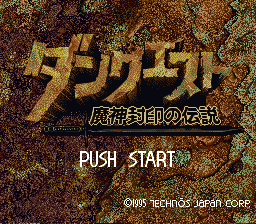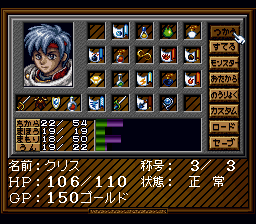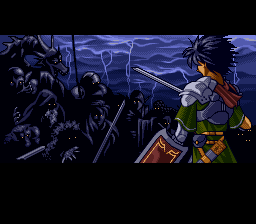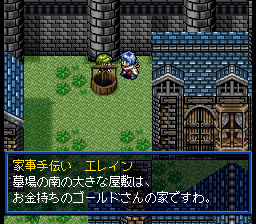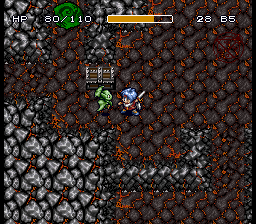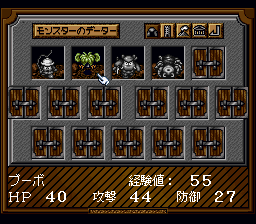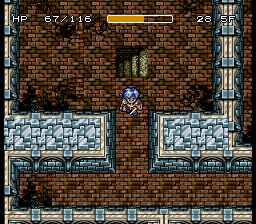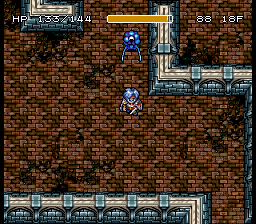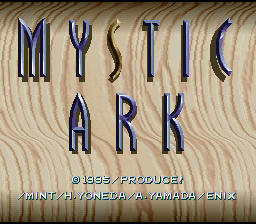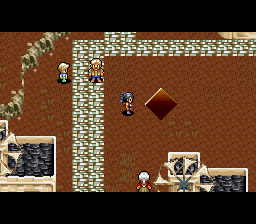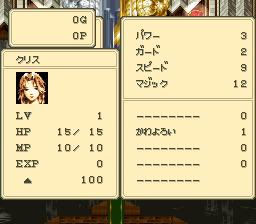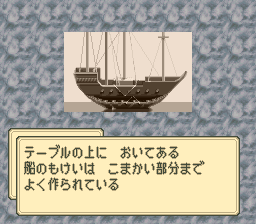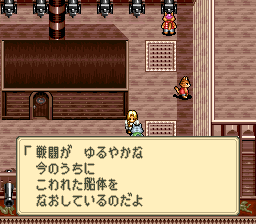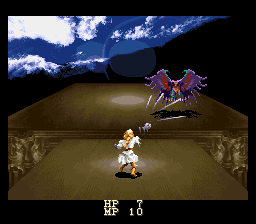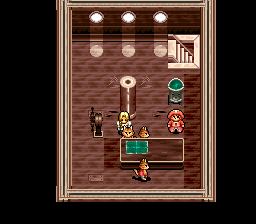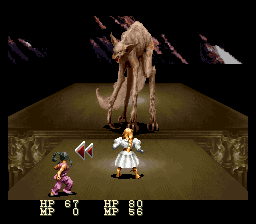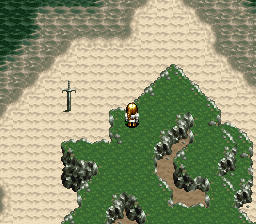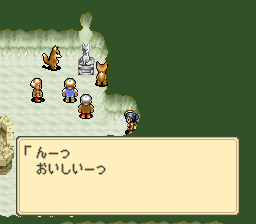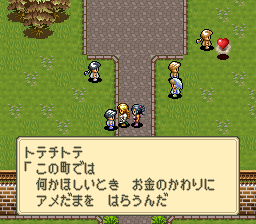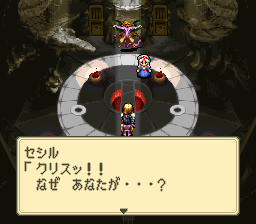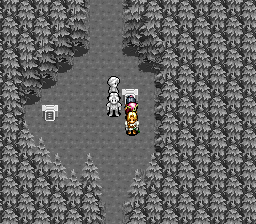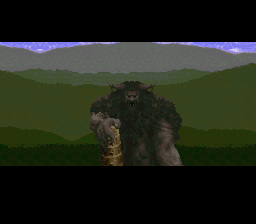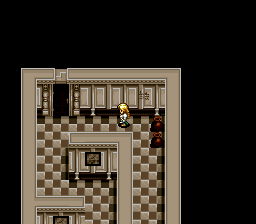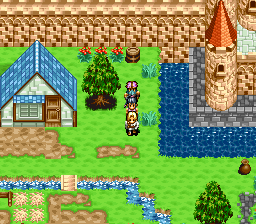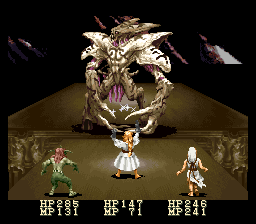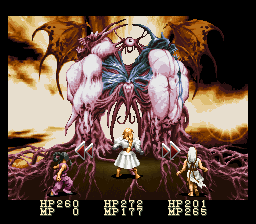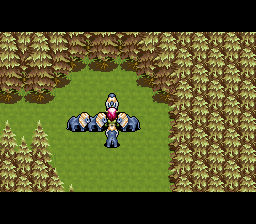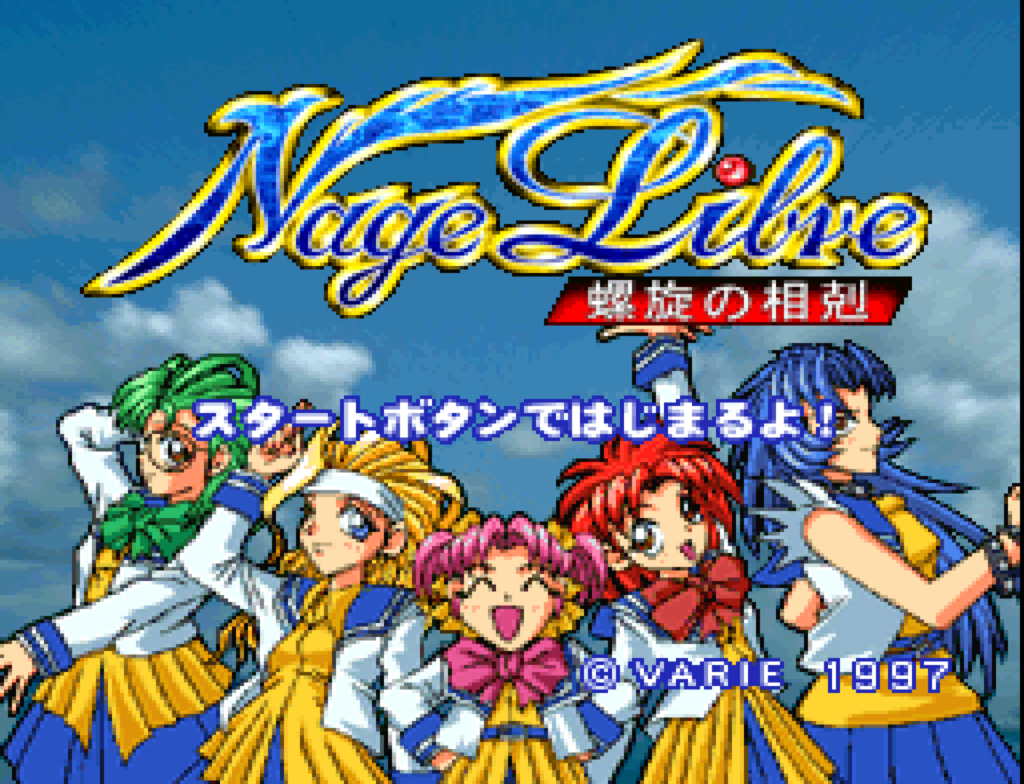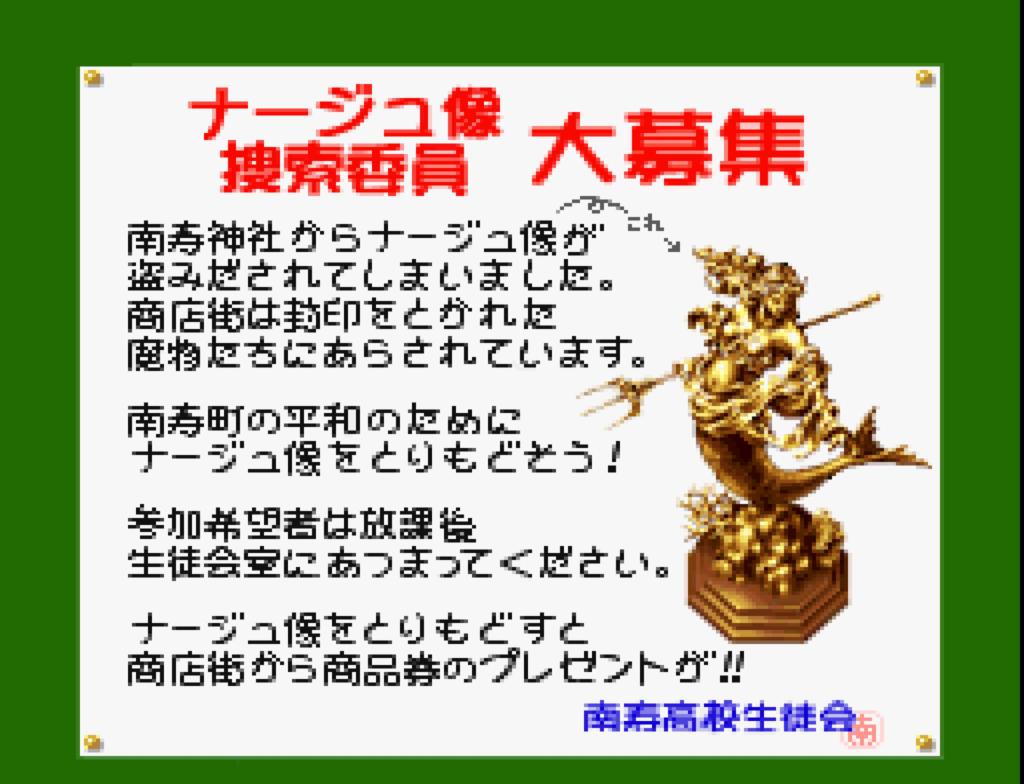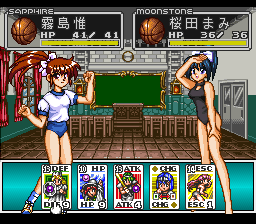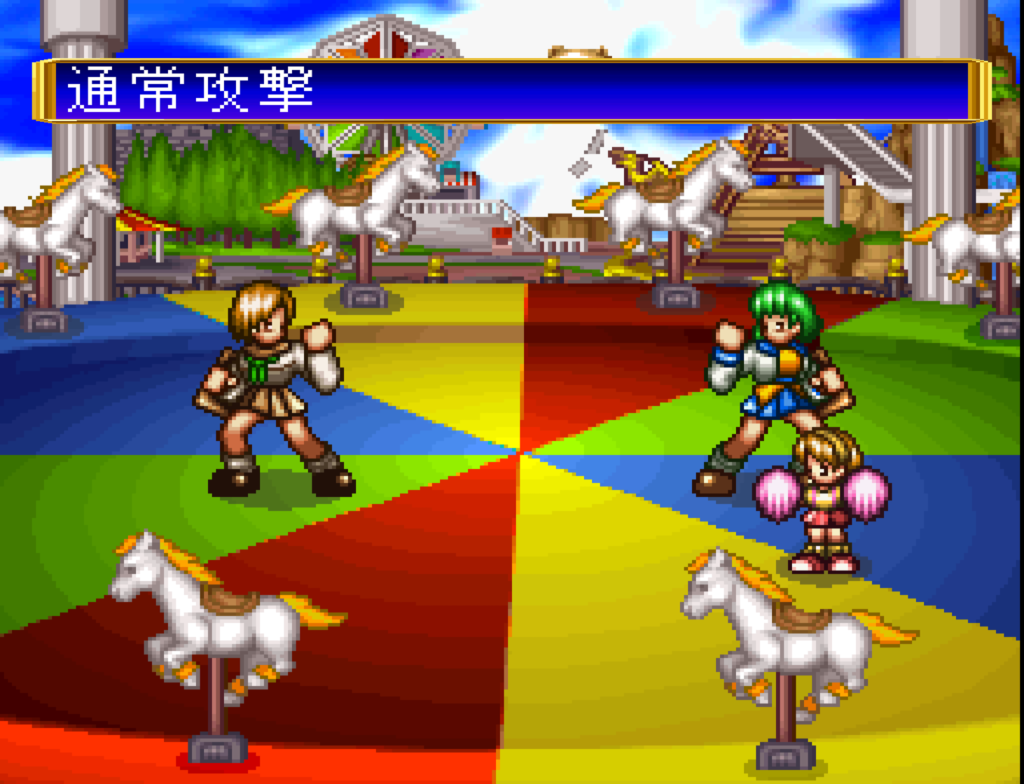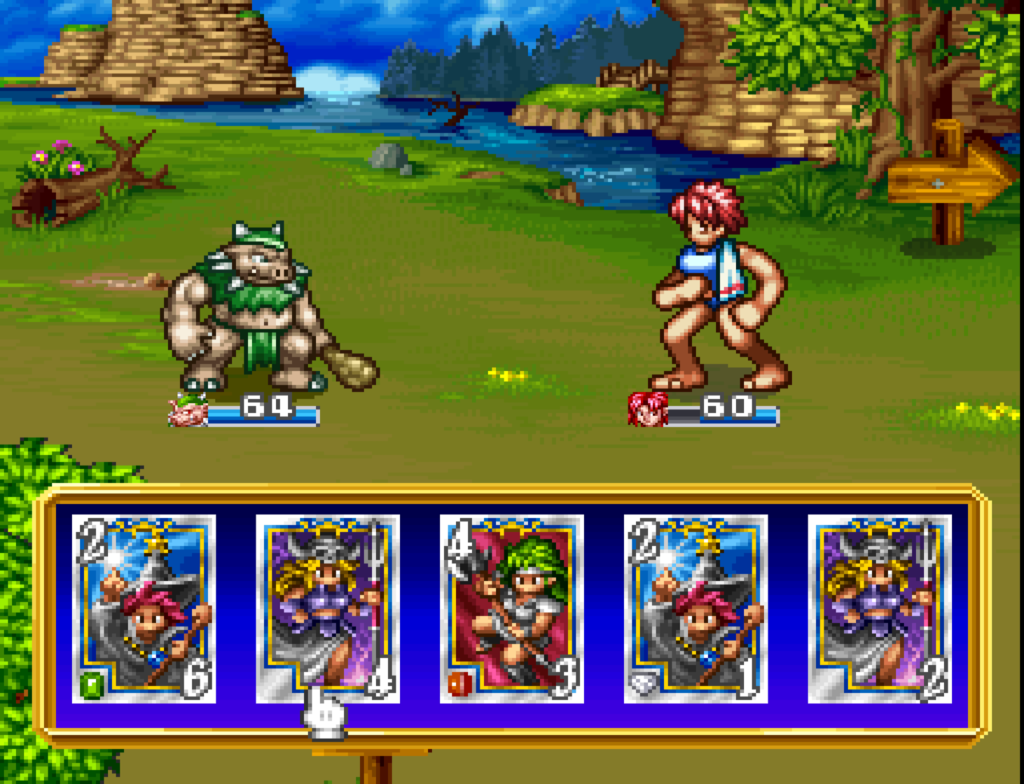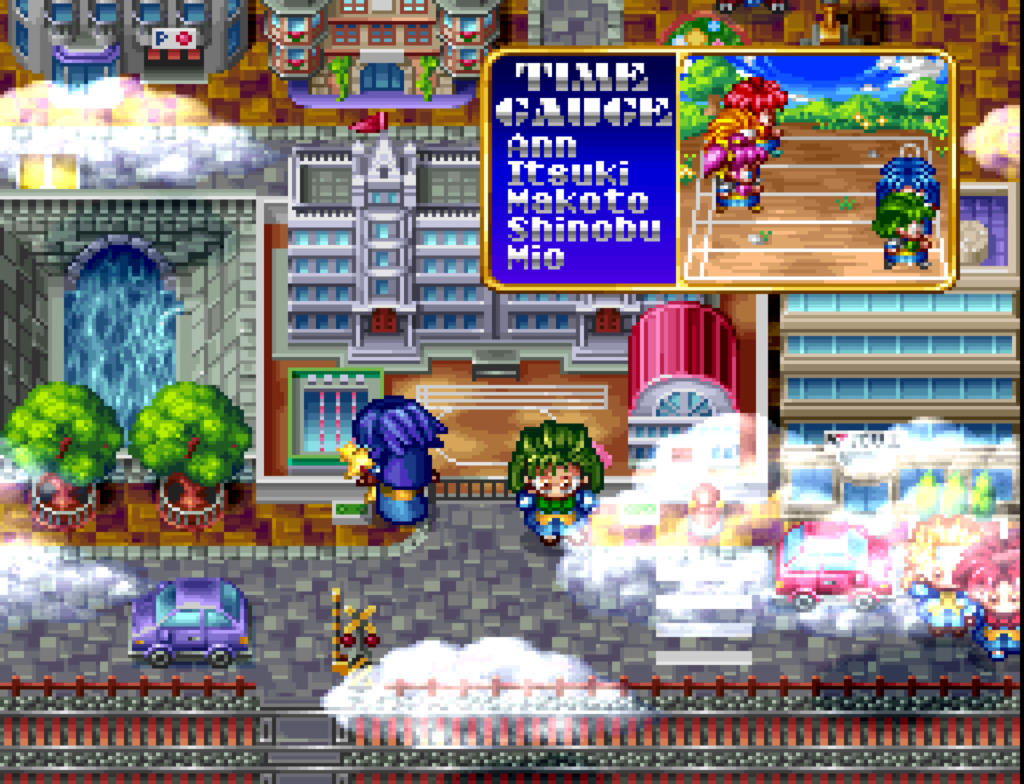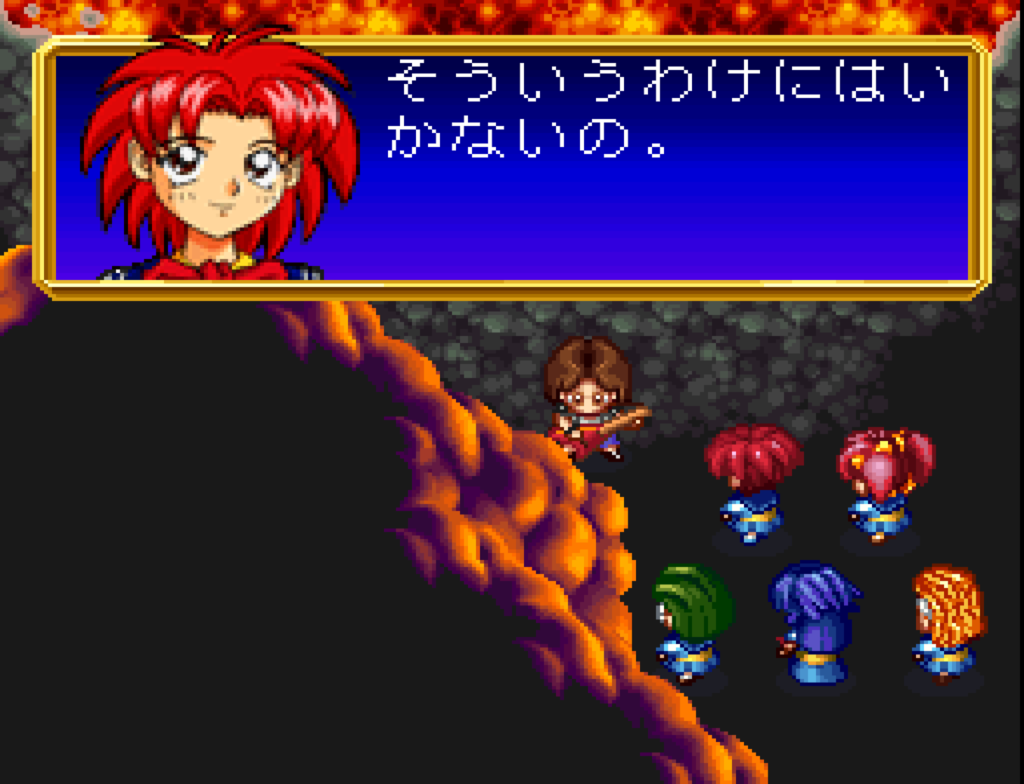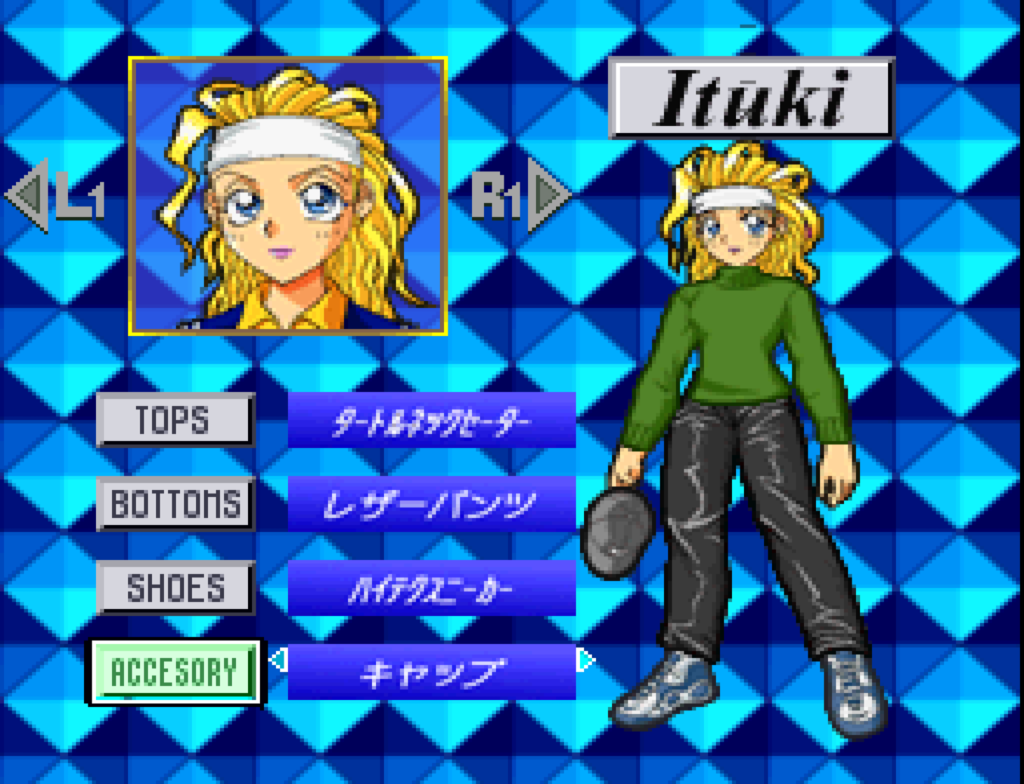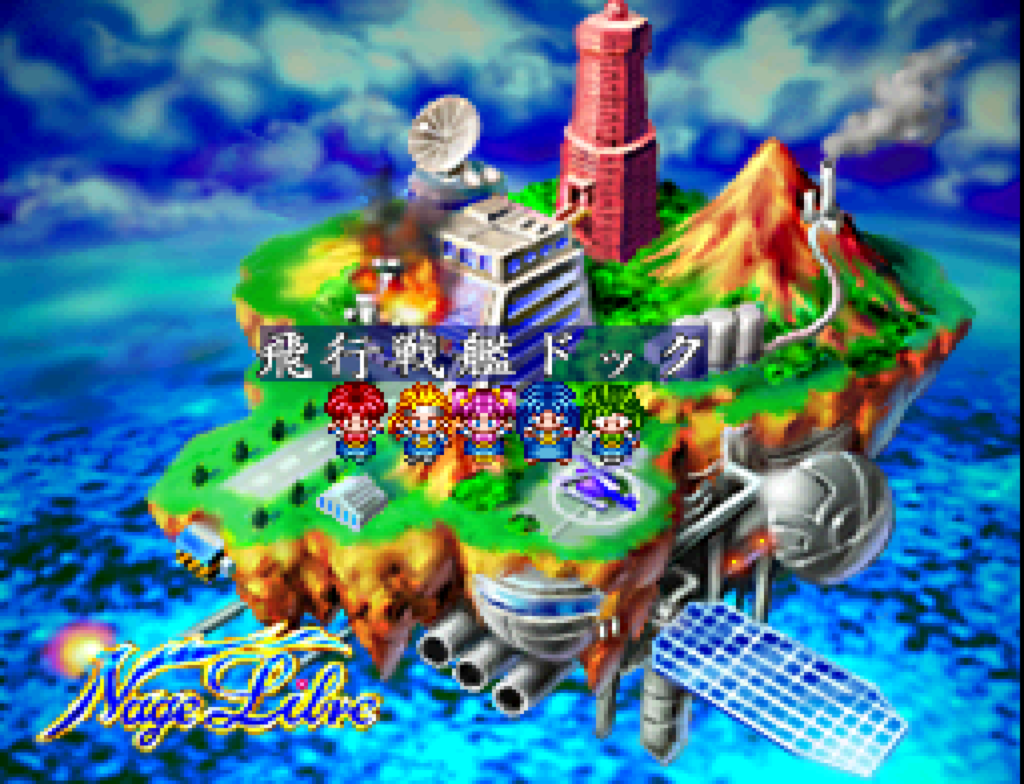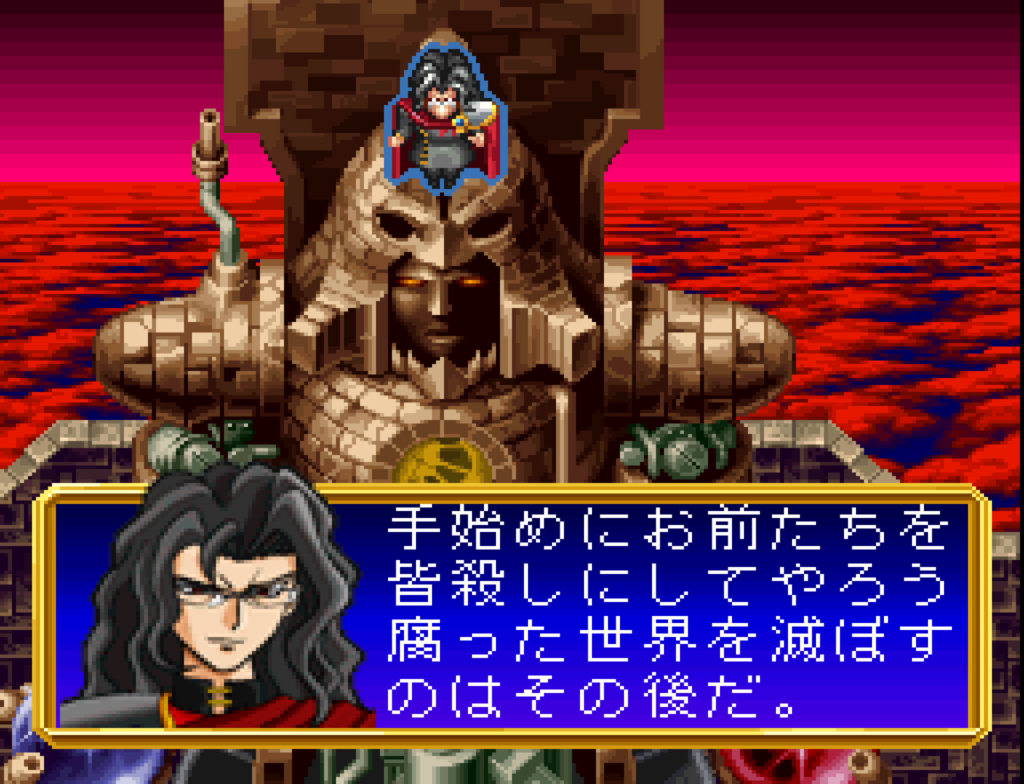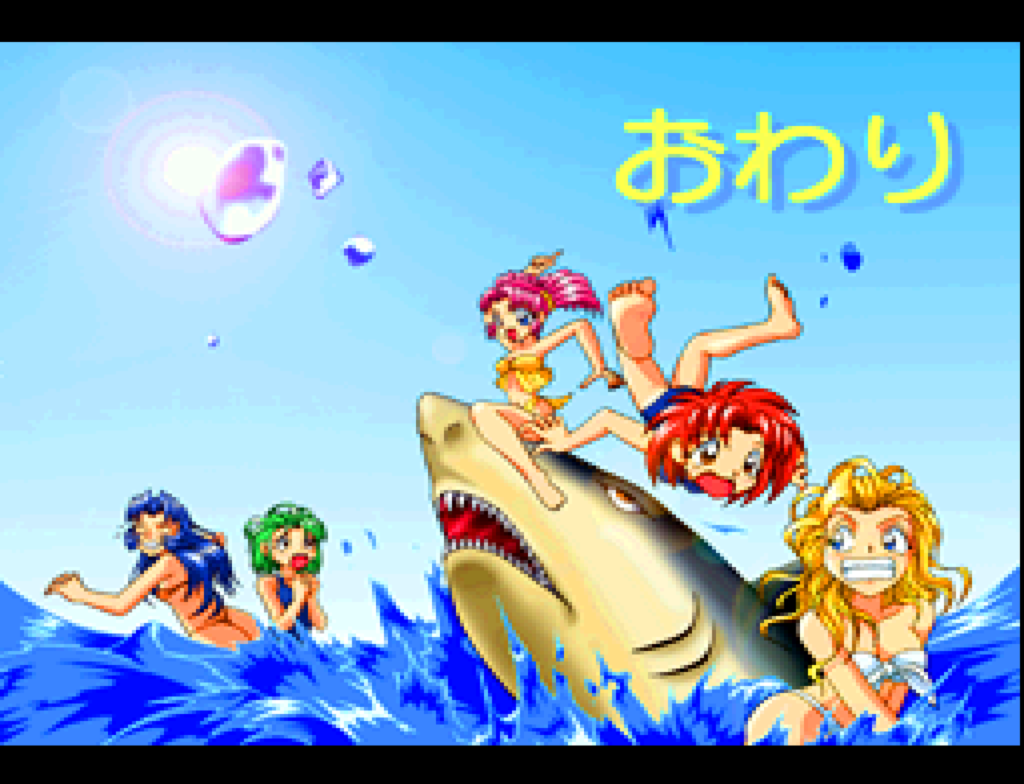フェーダ2 ホワイト=サージ・ザ・プラトゥーン, released 4/18/1997, developed by Max Entertainment, published by Yanoman
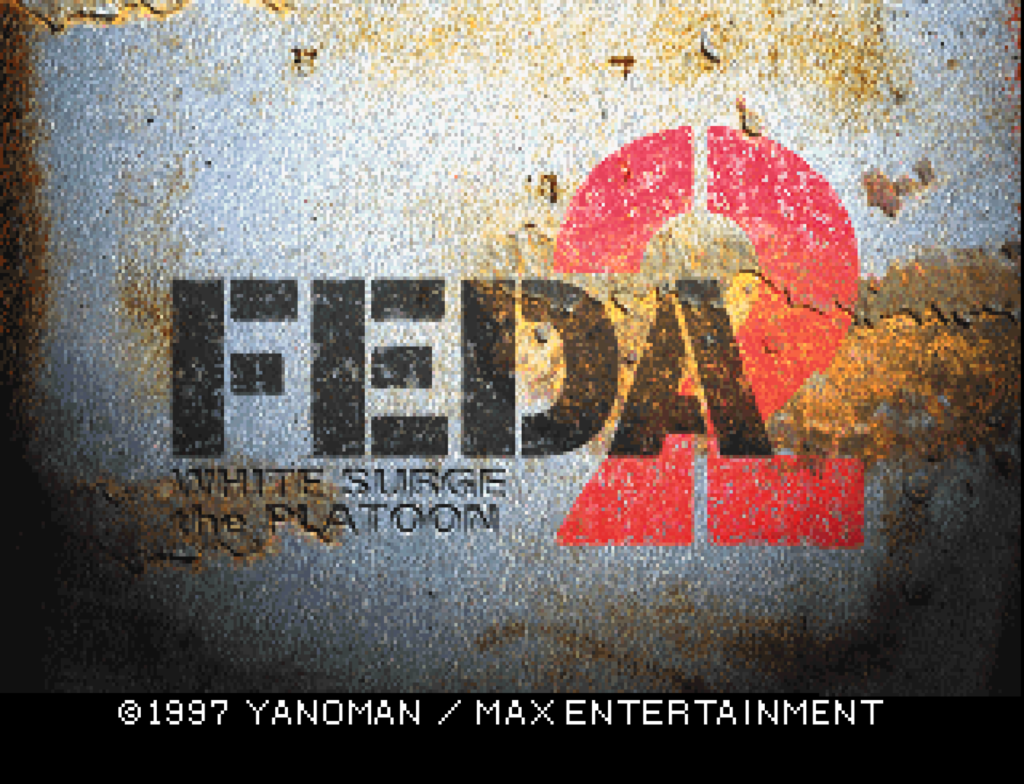
This is of course the sequel to 1995’s FEDA: Emblem of Justice. It continues the story from where the first game left off and features similar gameplay. There was supposed to be a third entry to complete the series but it never came out.
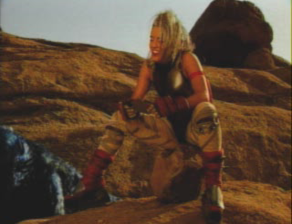

The designers made the strange decision to have a nearly 10 minute live action opening sequence filmed with Western actors. The actors include David Hayter (Solid Snake in the Metal Gear Solid dub), Kim Mai Guest (Mei Ling in MGS), and Deron McBee (Malibu in American Gladiators). The voices are dubbed over by the Japanese VAs for the characters. It’s a surprising use of the budget; it looks pretty cheesy and dumb now but I wonder what people would have thought in 1997.
Other than this, each section closes with a narration by one of the characters, and when you get later in the plot there are PC Engine-style voiced scenes (with just slightly animated still pictures).
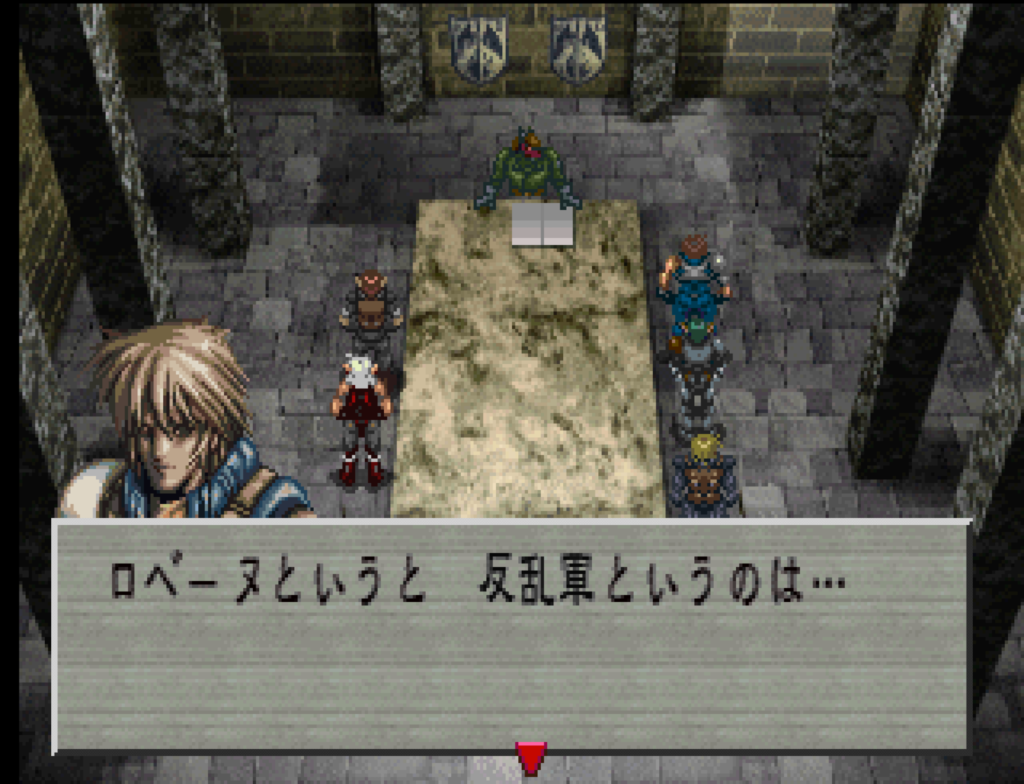
Anyway, the game takes place 8 years after the original FEDA. In that game, a thousand year war had closed with the Empire taking control of the entire continent of Balfomoria, but the peninsula of Arcadia rebelled and in the end freed themselves from Imperial rule with the help of deserters Brian Stelbat and Ain McDougal (at least if you get one of the better endings).
Now 8 years later, the Empire has reversed their decision of letting the provinces govern themselves, and the Senate has now introduced a military rule that favors the Grunreim, the most populous race in the Empire. The Dragonnewt race has opposed this, essentially restarting the 1000 year war. At the same time, Arcadia has split into two, with part of it accepting the Senate’s decision and part rejecting it. The main 5 characters are “White Surge”, a group of skilled fighters who have some kind of criminal or questionable past. They’re working in East Arcadia, who wants a closer relationship with the Empire. But they’re not respected by anyone in the military and tend to be used for dangerous or morally questionable missions. The five members are:
- Harvey Winston, a human (humans are looked down on in this world)
- Tom Woodland, an Alshidean who joined the army despite his sister’s objections. Harvey and Tom are the characters in this game who give you a game over if they die.
- Marsha Barnwood, a Shade Elf who specializes in assassinations, but was involved in a number of sex scandals.
- Device, another human who is a gun/explosive specialist. But he has a problem with alcohol.
- Minerva Lilac, a Forest Elf. She comes from an illustrious family that served as elite royal guards, but she refused an arranged marriage and was expelled from the country.
I found the plot rather hard to follow. I think this is because the game is trying to tell two stories at once — what White Surge is doing in their own missions, and how the war in the entire Empire is going. But White Surge’s missions aren’t necessarily following a clear story path and sometimes what’s happening in the Empire have nothing to do with White Surge. Also most of the Empire parts are done through voiceover dialogue on a map that you can’t pause; I think maybe my Japanese just isn’t quite good enough to keep track of everything that’s happening in this style of storytelling.
The first scenario has you against the Dragonnewt trying to release some ancient seal (although that’s been done by others). Once this is done, White Surge is simply abandoned to their own devices. They get captured by the Dragonnewts but then are able to convince them to let White Surge work for the Dragonnewts, which is what they do for the rest of the game.
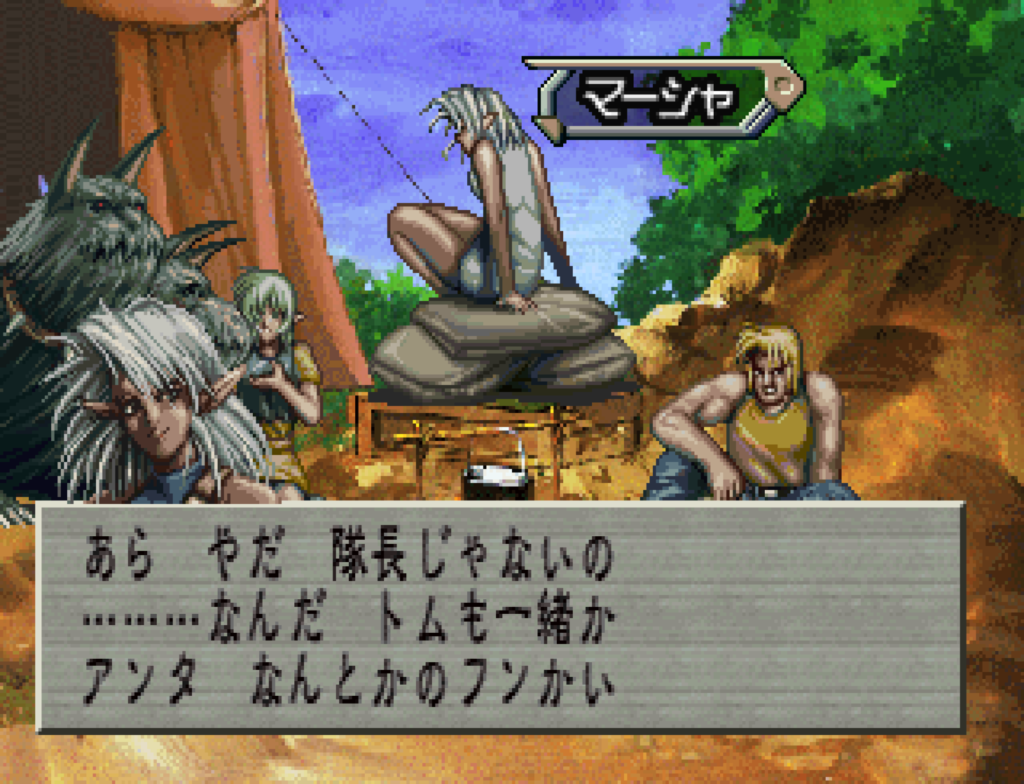
The game takes place over 8 “scenarios”, which are sort of like the 12 chapters of the previous game. Unlike the first game they did away with the overworld map and just give you fixed battles in sequence. In a few cases there are alternate battles depending on what happened in the previous one.
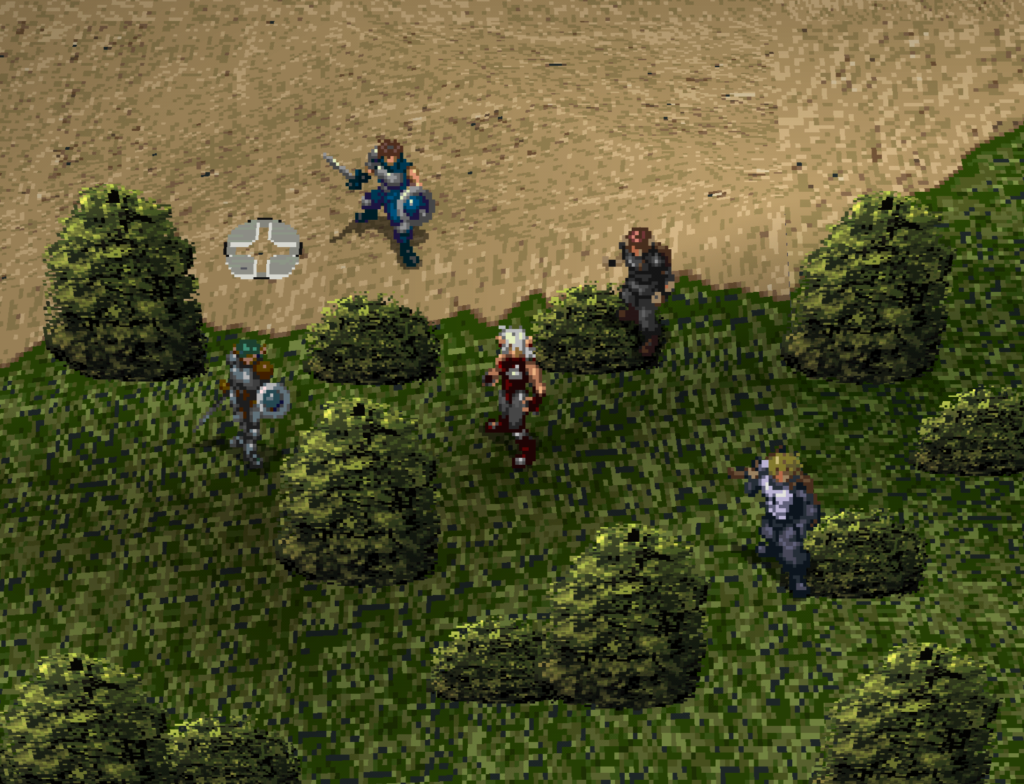
The alignment system has returned from the previous game but in a much different form. You now have a certain amount of OPM to spend on bringing characters into battle, changing them in to more powerful forms, or assigning them items. You can spend as much OPM as you want, but if you go into negative you will lose alignment and you’ll be in negative until you can pay back the OPM with future rewards. I believe that your alignment can also be affected by whether you fulfill the mission goals (in some cases you can move on even if you fail to do the mission; you won’t get any OPM though). As in the first game, after each chapter your alignment will change on a law/chaos scale.
However, unlike the previous game, in this game your alignment has no effect. There are no alternate characters, story differences, or any ending difference. It’s purely decorative. I have a feeling this is the result of development time/budget restraints, but it’s a rather strange system in that respect.

Instead of an experience level, each character has a rank starting with E and going up through A to S. When you get 100 exp you go to the next rank. The EXP gains are slow, and by the end of the game I only had two of my characters at S rank and some weren’t even at A. When they rank up they get new abilities and also sometimes can change to different forms (which is a big improvement over the original game, where you never changed at all).
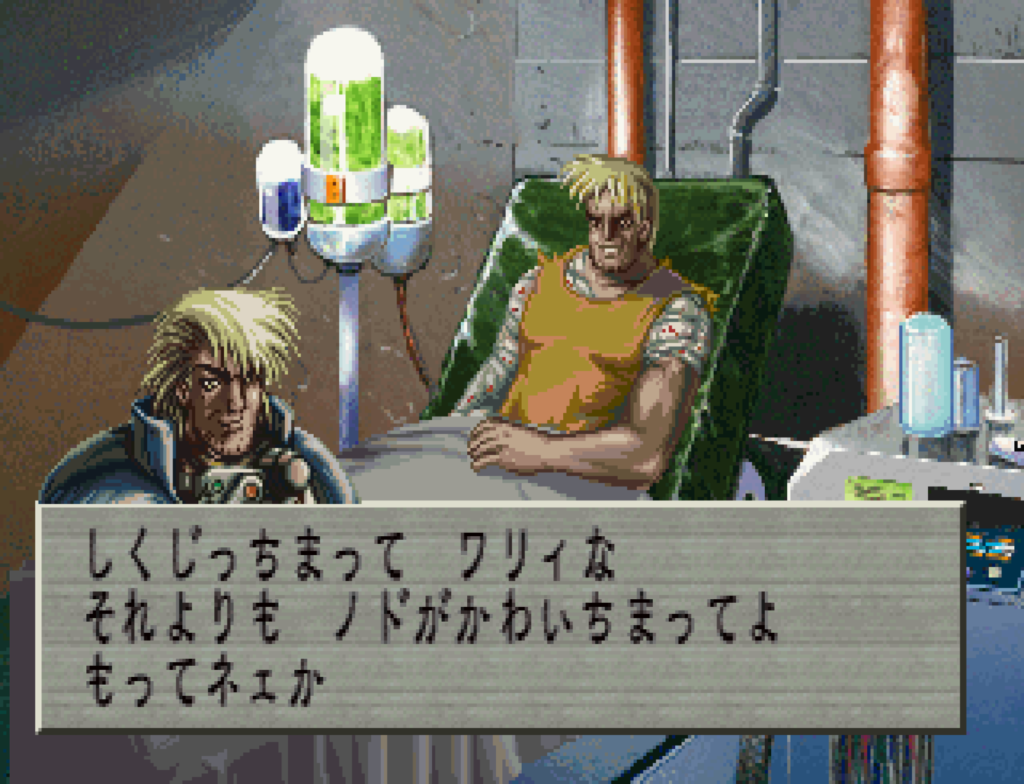
If Tom or Harvey dies in a mission it’s game over. Otherwise the character will suffer a wound; if it’s a light wound they can be in the next battle with a stat penalty, if it’s a heavy wound you’ll have to sit them out until they recover.
The battles themselves are the same as FEDA. They are normal SRPG with the odd turn mechanic where you move one of your characters, then the enemy moves one, etc. But rather than taking turns, it’s proportional to how many are on each side. So if you have 5 guys vs. 10 enemies, you will take one turn, followed by 2 enemies. This is an interesting system but makes it hard to know who is going to move when.
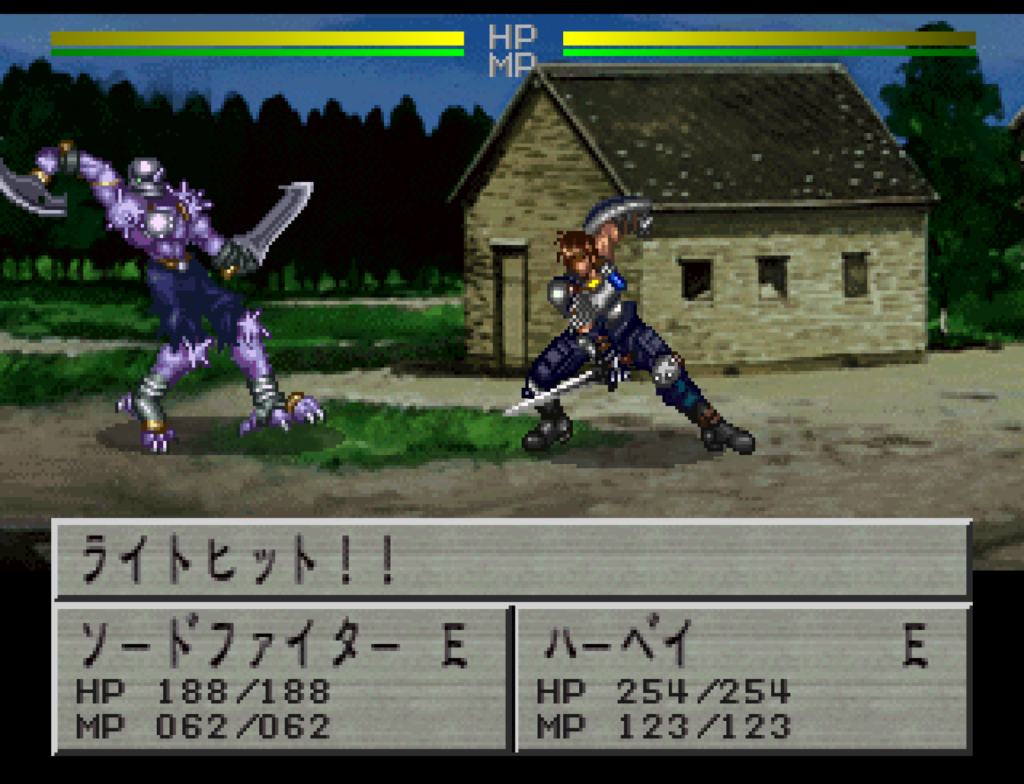
Unskippable battle animations. In 1997.
The game is pretty difficult. The grunt enemies are about equal in strength to your guys. You can’t save in battle and there are several sequence battles with no saves (an unforgivable sin for me that I will always use save states to deal with). Although there is no permadeath, you cannot afford to lose anyone at the beginning (later you can probably afford to lose one person in a battle).
However, there are a few things about the system that can mitigate the difficulty.
First, regular attacks are worthless. They do little damage, and the enemies block them frequently. Play the game with the understanding that you will be doing almost all of your damage through your special attacks. The game becomes significantly easier when your characters gain a few ranks and you have better special attacks.
Second, the enemy AI is predictable. They will always start off by using their special attacks. It doesn’t matter if it’s an area effect and only one person is in the area. Also they typically only have enough MP to use their special once. They also attack the closest person rather than going after Tom/Harvey the way they did in the first game.

Third, you can do “hit and away” and the enemies cannot. The “hit and away’ system just means you can use your full movement every round and make an attack at any point during that movement.
Even with these tips you will still get the usual “killed from full HP game over” situations that you see in permadeath games, but it helps. The hardest parts are in the beginning.
One other harsh aspect of the game is that Poison and Paralysis do not heal naturally. So a paralyzed enemy is out of the battle (which is great when you get paralyze moves yourself), but when the enemies have area effect paralyze moves you need to make sure you can either kill them first or get them to use it on just one character.
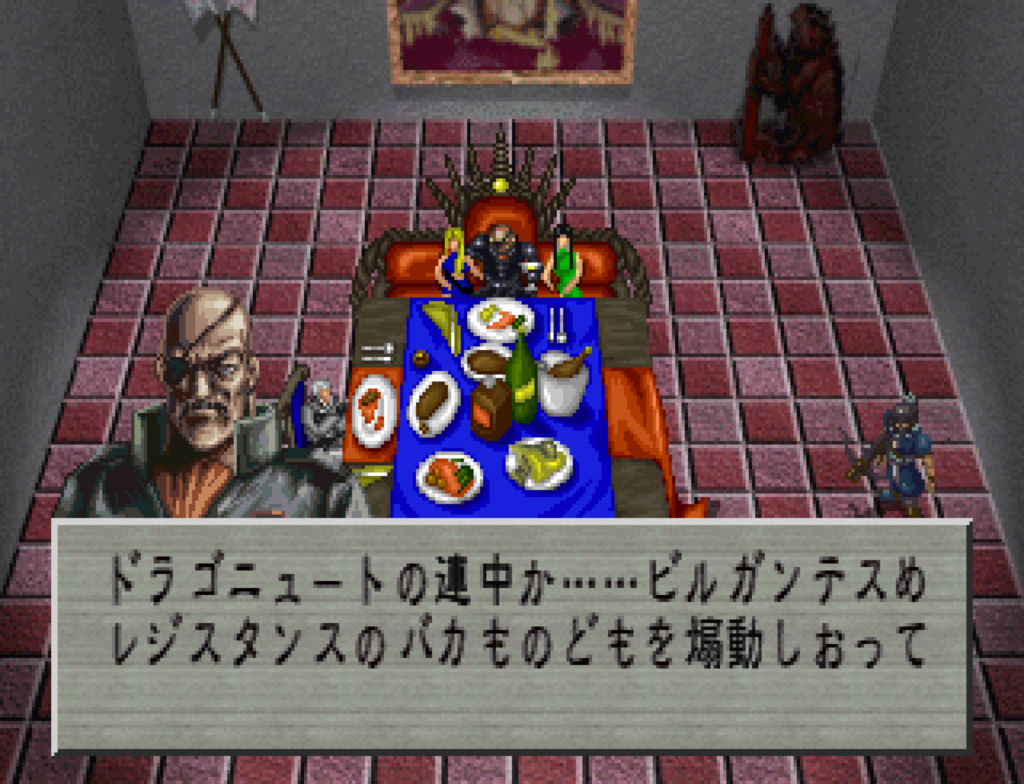
Ain eventually reappears from the first game, and I think there are a number of other connections to the first game that I didn’t quite pick up because I had forgotten the specifics of the FEDA 1 plot.
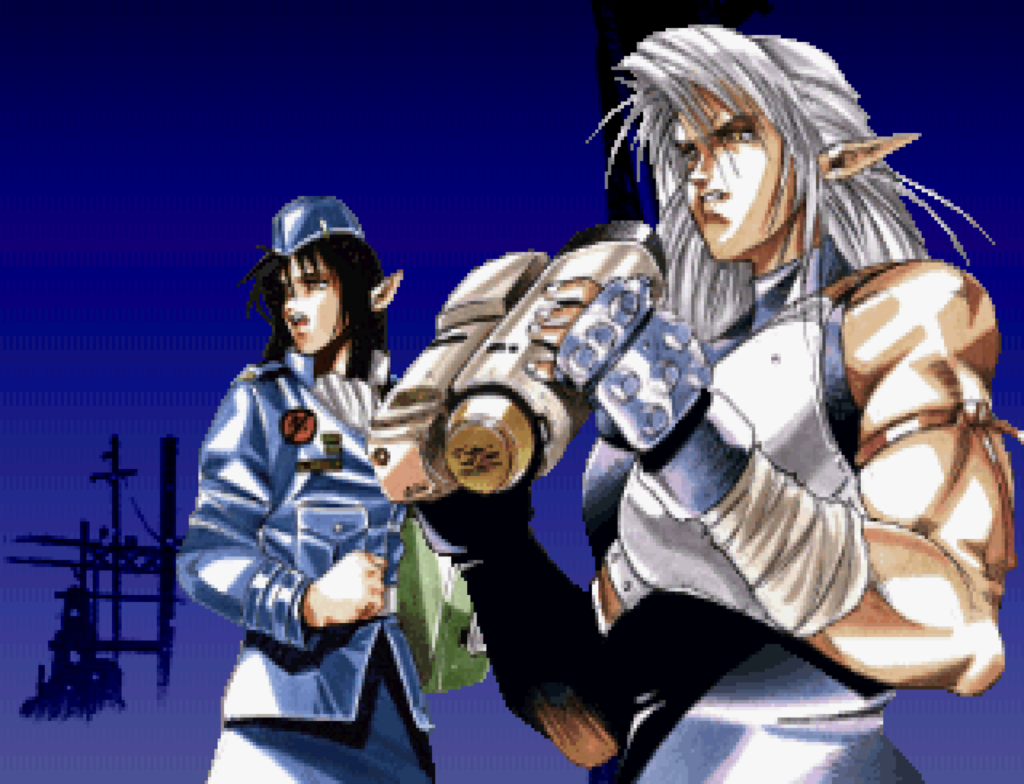
My difficulty following the plot resulted in the game ending very suddenly (for me) at the end of scenario 8; I didn’t even realize I was fighting the final battle until it was done. There is a built-in suddenness in the plot too because once the heroes destroy this ancient weapon that someone was trying to use, the Senate suddenly signs a peace treaty with the Dragonnewt and White Surge is disbanded. I have a feeling some of the loose ends would have been tied up in the third game if it had ever been made — for instance, they never said what was going on with the seal at the beginning of the game, and Brian didn’t appear although he was talked about quite a bit.
I don’t think I’m going to do a stage-by-stage or scenario-by-scenario description. Most of the stages, as in FEDA 1, have goals that aren’t just “kill all enemies”, which is always appreciated. But the general tactics that I outlined above work for most or all of the stages, except for one annoying one where you can’t use MP.
On the whole I’m not sure this game is quite as polished as Feda 1, but I probably found both games about the same in quality — Feda 2 fixes some of the issues in the first game but introduces new problems.
